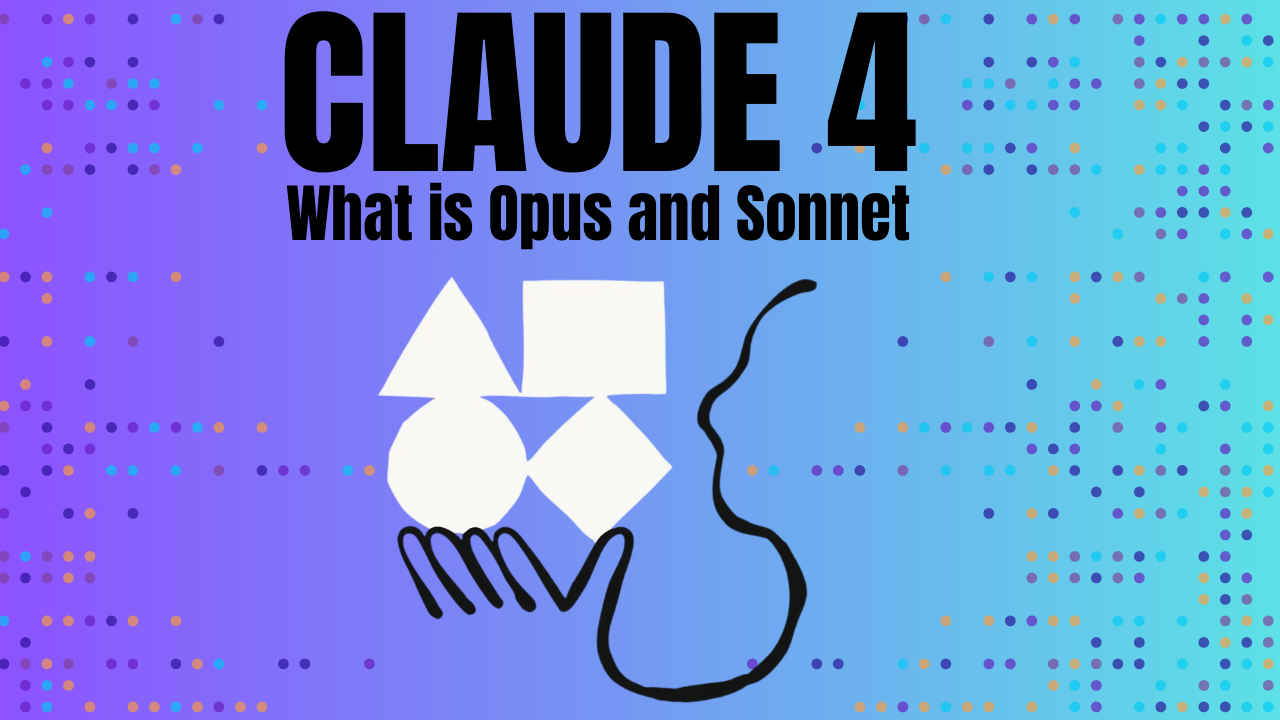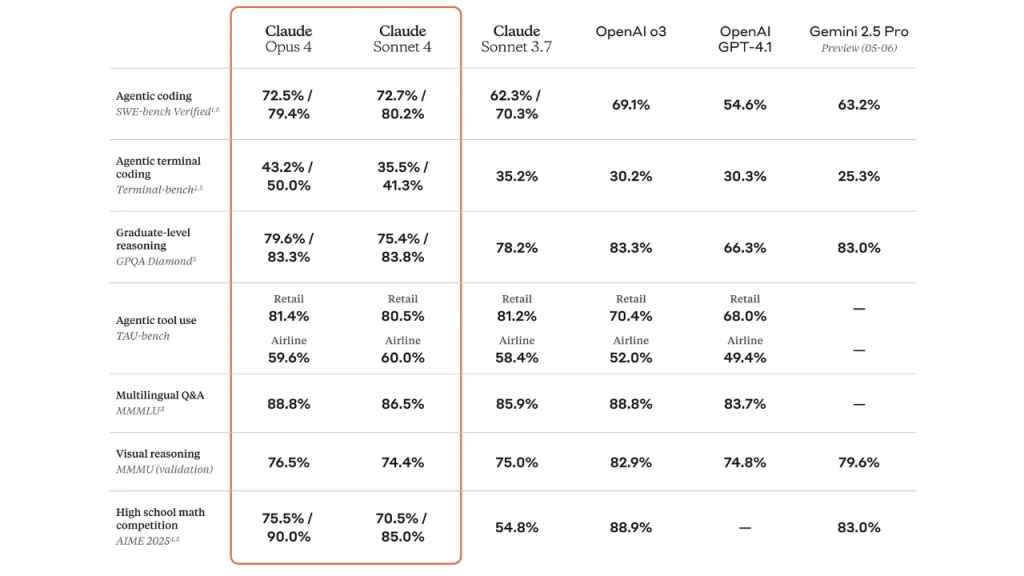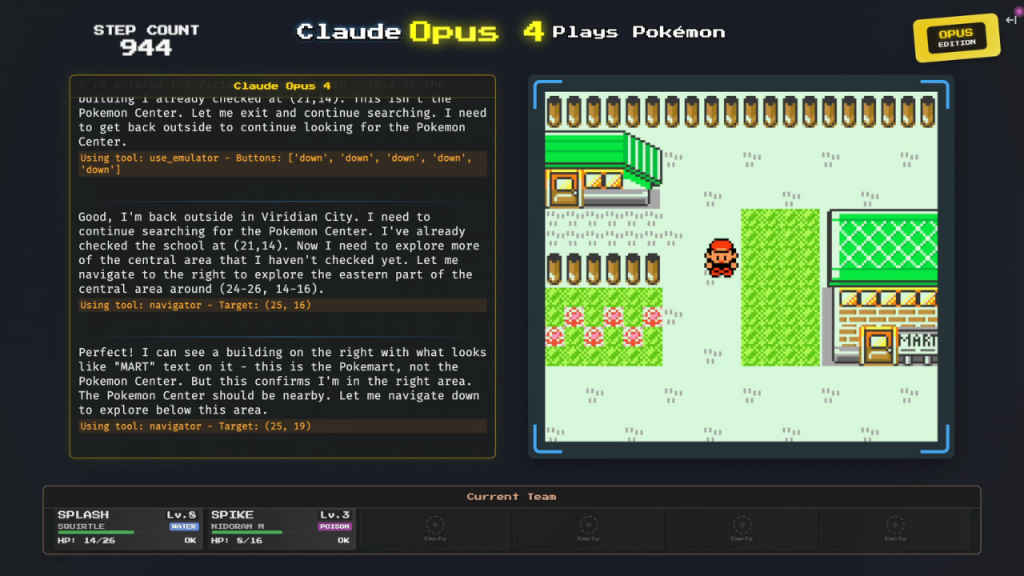Claude 4 Explained: Anthropic’s Thoughtful AI, Opus and Sonnet

Anthropic has released Claude 4, its latest family of AI models featuring Claude Opus 4 and Claude Sonnet 4. Designed to handle everything from software engineering to extended problem-solving, these new models offer clearer task memory, improved tool use, and deeper reasoning. Whether you’re debugging a large codebase, building an AI agent, or just trying to write more efficiently, Claude 4 introduces meaningful improvements for both technical and general-purpose users.
 Survey
SurveyHere’s a closer look at what makes these models different—and how they fit into the broader landscape of AI.
Also read: Claude 3.7 Sonnet: Anthropic’s new AI model explained
Claude 4: An AI Model for Everything?
Claude 4 launches with two distinct models tuned for different levels of complexity and workload.
Claude Opus 4 is Anthropic’s most capable model to date, built for heavy-lift tasks that require precision, persistence, and sustained reasoning. It’s optimized for longer workflows like software development, in-depth research, and agent-style applications.
Claude Sonnet 4 offers a faster, more efficient option that still handles complex reasoning and coding well. It’s designed for responsiveness in real-time use cases, like coding assistants, support tools, and productivity applications.
Claude 4 Brings Extended Thinking and Smarter Memory
One of the most important upgrades in Claude 4 is the ability to engage in extended thinking—a reasoning mode where the model uses tools like code execution or web search as part of its thought process. Rather than returning quick answers, it can pause, gather information, and try multiple approaches before finalizing a response.
Both Opus 4 and Sonnet 4 also show major improvements in memory. When given access to local files, they can store and retrieve key facts throughout a session. This helps maintain context, reduce repetition, and improve long-term coherence. In practice, that means Claude can assist with extended projects over time, adapting as it learns more about your needs.
Claude Opus 4: Built for Complex, Continuous Work

Claude Opus 4 leads on multiple benchmarks, including 72.5% on SWE-bench and 43.2% on Terminal-bench, making it a top performer in real-world software tasks. But beyond raw scores, it’s designed for workflows that stretch over hours and involve thousands of steps—ideal for everything from large-scale refactoring to long-running code agents.
It’s already being adopted by companies like Cursor and Replit for high-precision programming tasks. With Opus 4, edits span multiple files more reliably, debugging is more context-aware, and planned changes are executed more cleanly.
Claude Sonnet 4: Practical and Precise
While it’s not as powerful as Opus 4, Sonnet 4 still delivers strong performance—outscoring even Opus in some SWE-bench configurations (72.7%). Its value lies in combining speed with reliability.
It excels in agentic use cases where responsiveness and reasoning intersect. GitHub, for example, is integrating Sonnet 4 into its new Copilot coding agent, citing better handling of multi-step instructions and more elegant outputs. Sonnet is also easier to scale, thanks to its lower cost and faster performance, making it well-suited for chatbots, assistants, and in-product tools.
Claude Code: Embedded Development Support
Claude Code is another key piece of this release. Now generally available, it integrates directly with IDEs like VS Code and JetBrains. Claude can suggest edits, debug code, and help resolve CI errors—all within your development environment.
There’s also an SDK for building custom Claude agents, plus GitHub integrations that allow Claude to respond to PR feedback and act as a reviewer. These tools make it easier for teams to build more intelligent development workflows without switching between platforms.
Claude and Gemini: Two AIs, One Pokémon Challenge
Both Claude and Google’s Gemini have demonstrated their ability to play Pokémon, but their methods reflect two different approaches to intelligence.
Gemini approached the game visually, watching the screen and reacting to in-game stimuli in real time. It processed the interface like a human might, making decisions based on visual cues. It was a strong demonstration of multimodal AI—combining vision with action.
Claude’s strategy was more introspective. When Opus 4 played Pokémon, it created a “Navigation Guide”—a document with detailed notes, strategic plans, and memory of key events. It wasn’t just reacting; it was building a mental model of the game world, reflecting on its choices, and planning ahead. This highlights Claude’s strength in long-term task management and structured thinking.

Claude even live-streamed its Pokémon gameplay on Twitch, providing real-time commentary and strategy updates—essentially narrating its own thought process like a human streamer. It wasn’t just playing the game; it was sharing the journey, revealing how deeply it could engage with an open-ended, dynamic environment.
Both models succeeded, but the contrast reveals something deeper: Gemini leans into fast, reactive intelligence, while Claude emphasizes planning, memory, and process. Depending on your goals, each approach offers something valuable.
Final Thoughts
Claude 4 represents a meaningful step forward in how AI handles complex, structured tasks—especially in development and multi-step reasoning. The models are more context-aware, better at sustaining focus, and more effective in collaborative environments.
That said, these improvements aren’t universal solutions. Opus 4 works best with the right infrastructure and use case, and Sonnet 4—while strong—won’t replace human oversight in high-stakes environments. As with any tool, value comes down to how well it’s matched to the task.
Still, Claude 4 brings us closer to AI that can think alongside us, not just respond. For developers, researchers, and builders alike, it opens the door to more structured, reliable, and thoughtful collaboration with machines.
Also read: OpenAI unveils GPT-4.1 series with faster coding and better instruction following
Vyom Ramani
A journalist with a soft spot for tech, games, and things that go beep. While waiting for a delayed metro or rebooting his brain, you’ll find him solving Rubik’s Cubes, bingeing F1, or hunting for the next great snack. View Full Profile